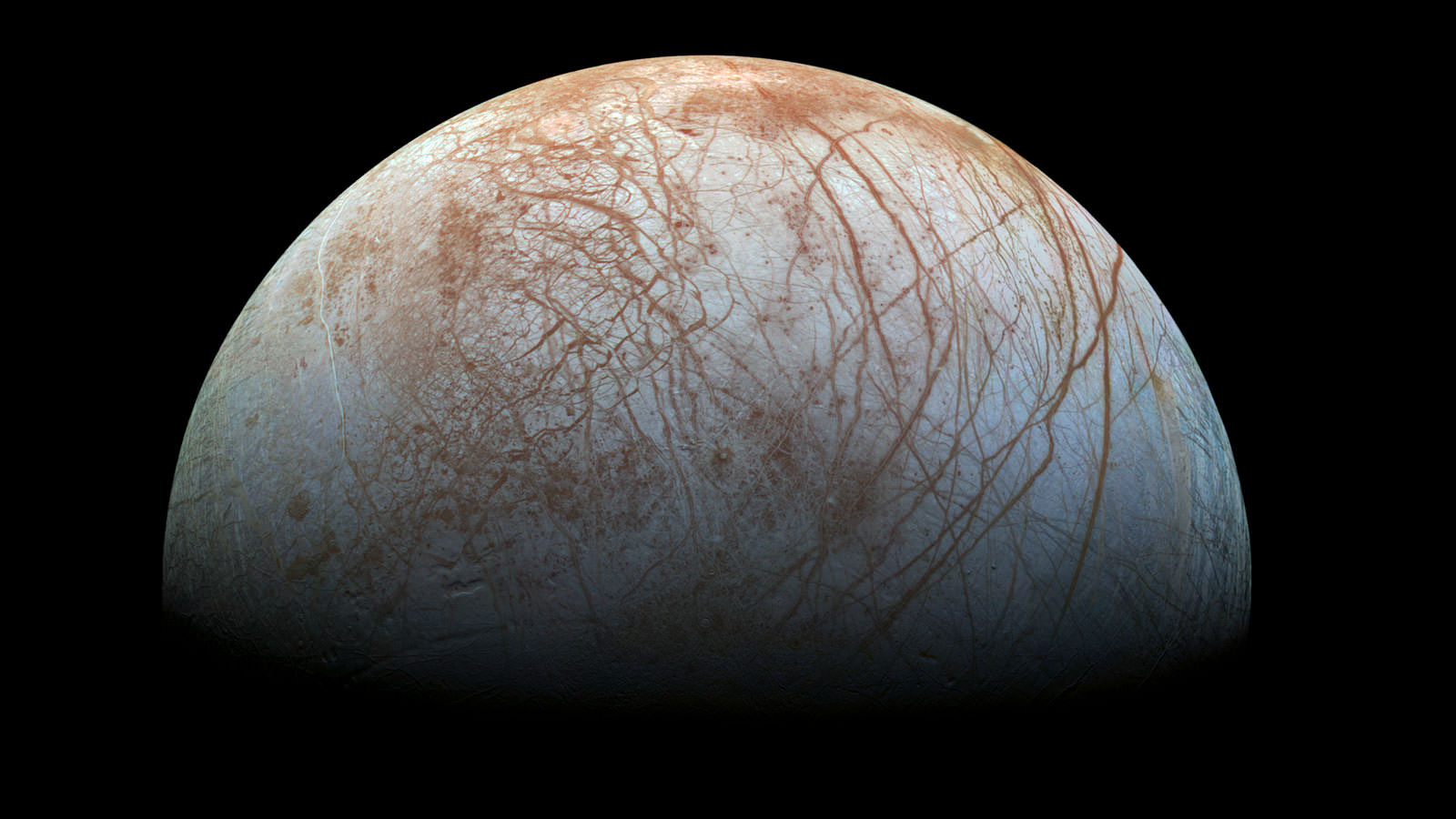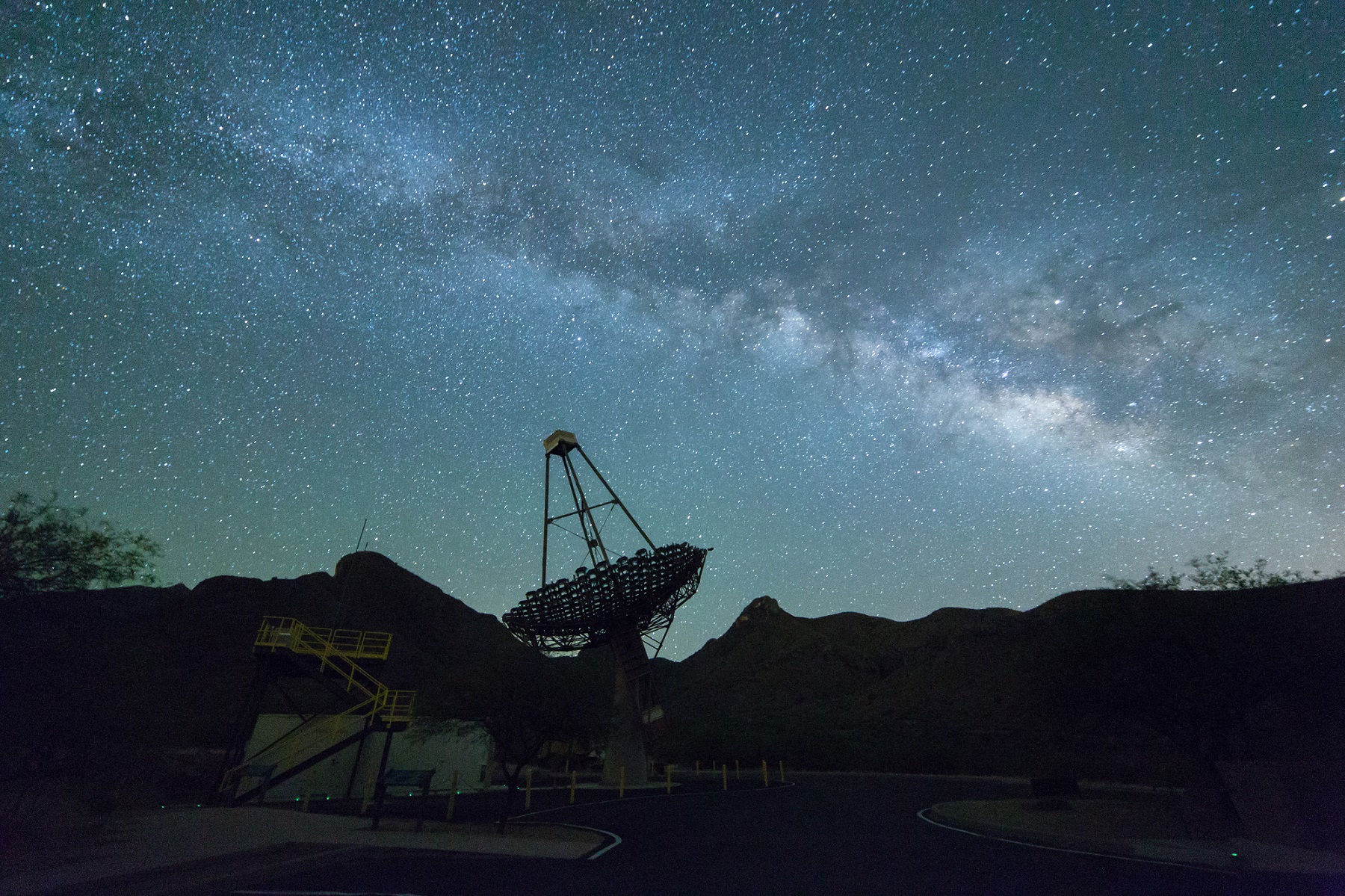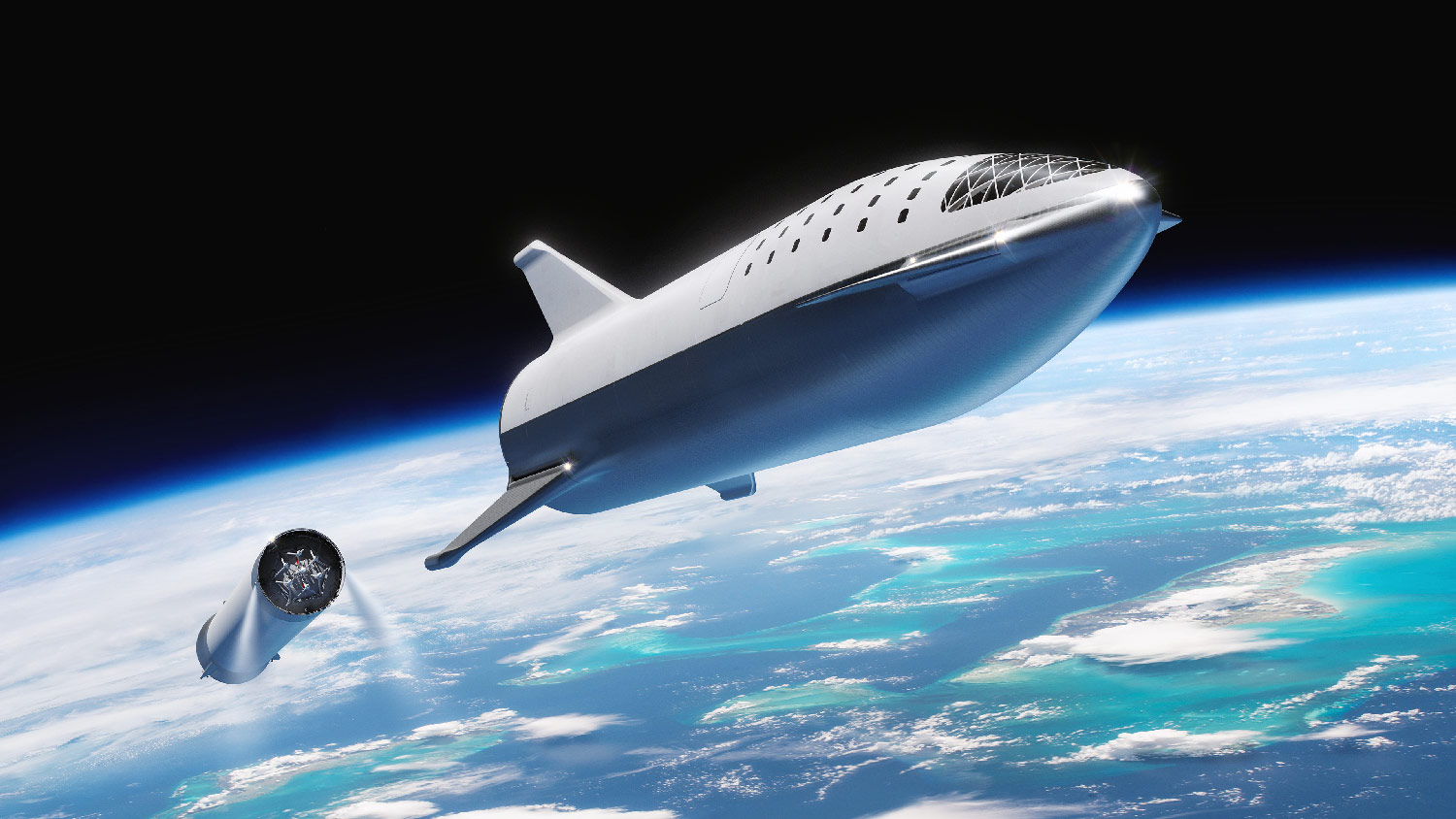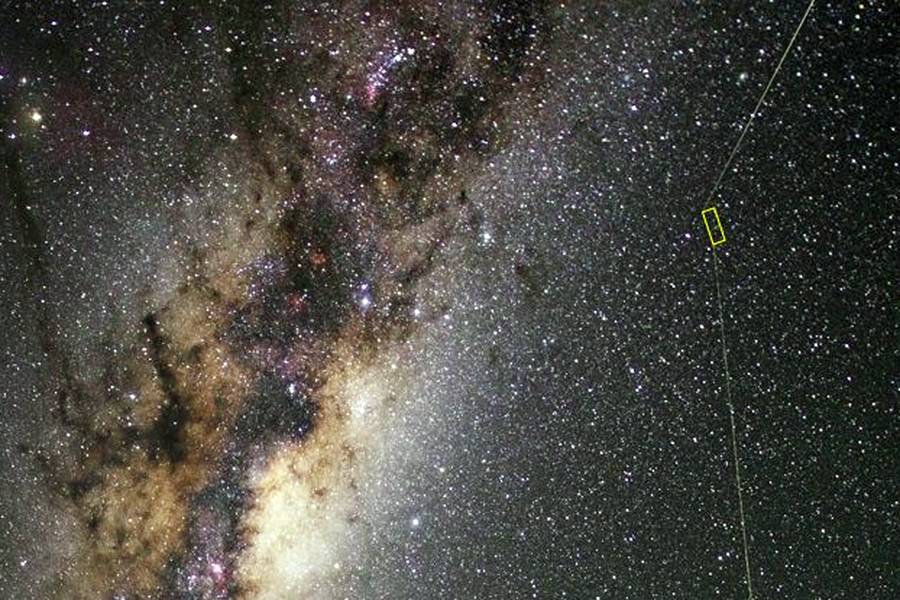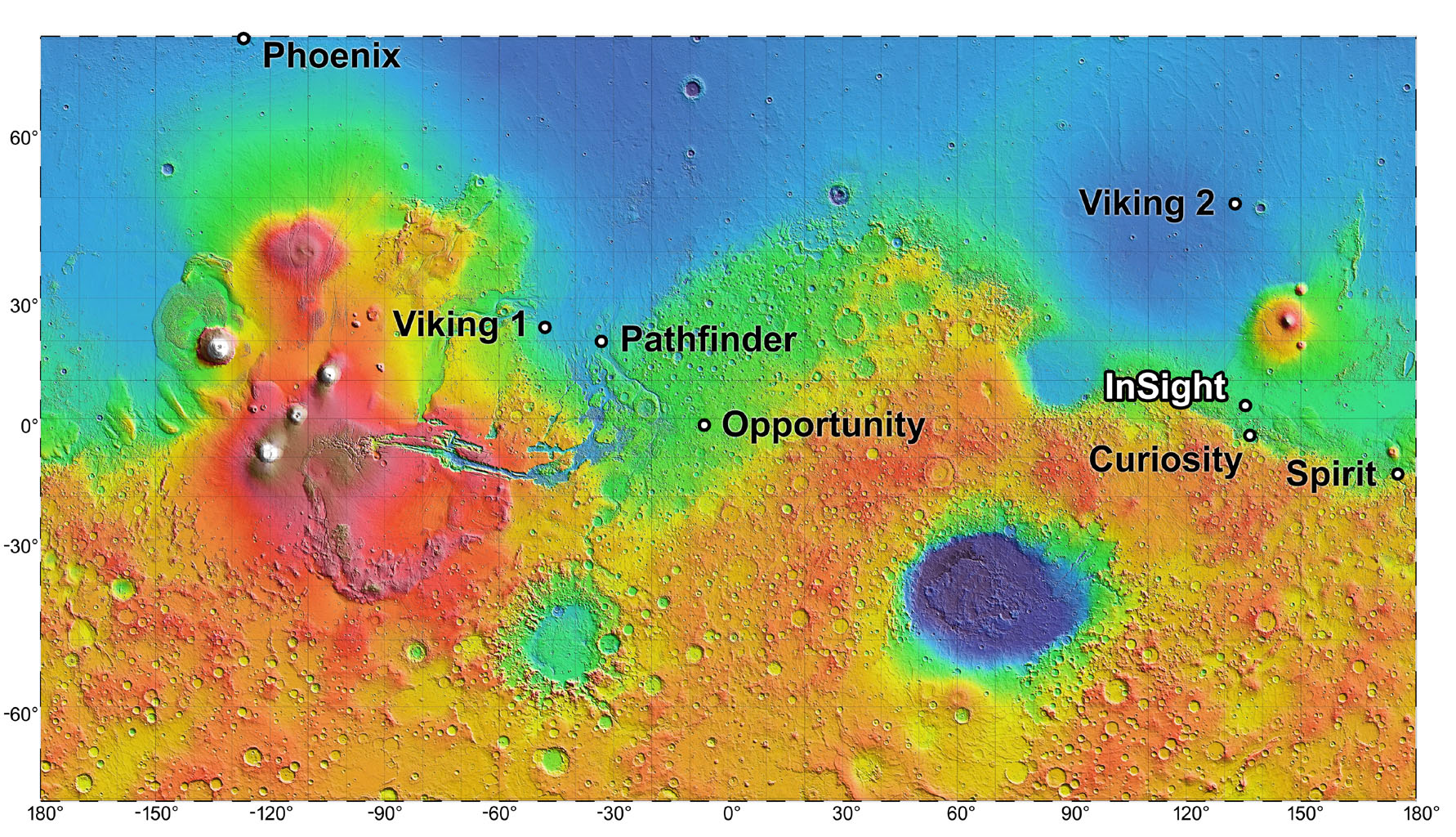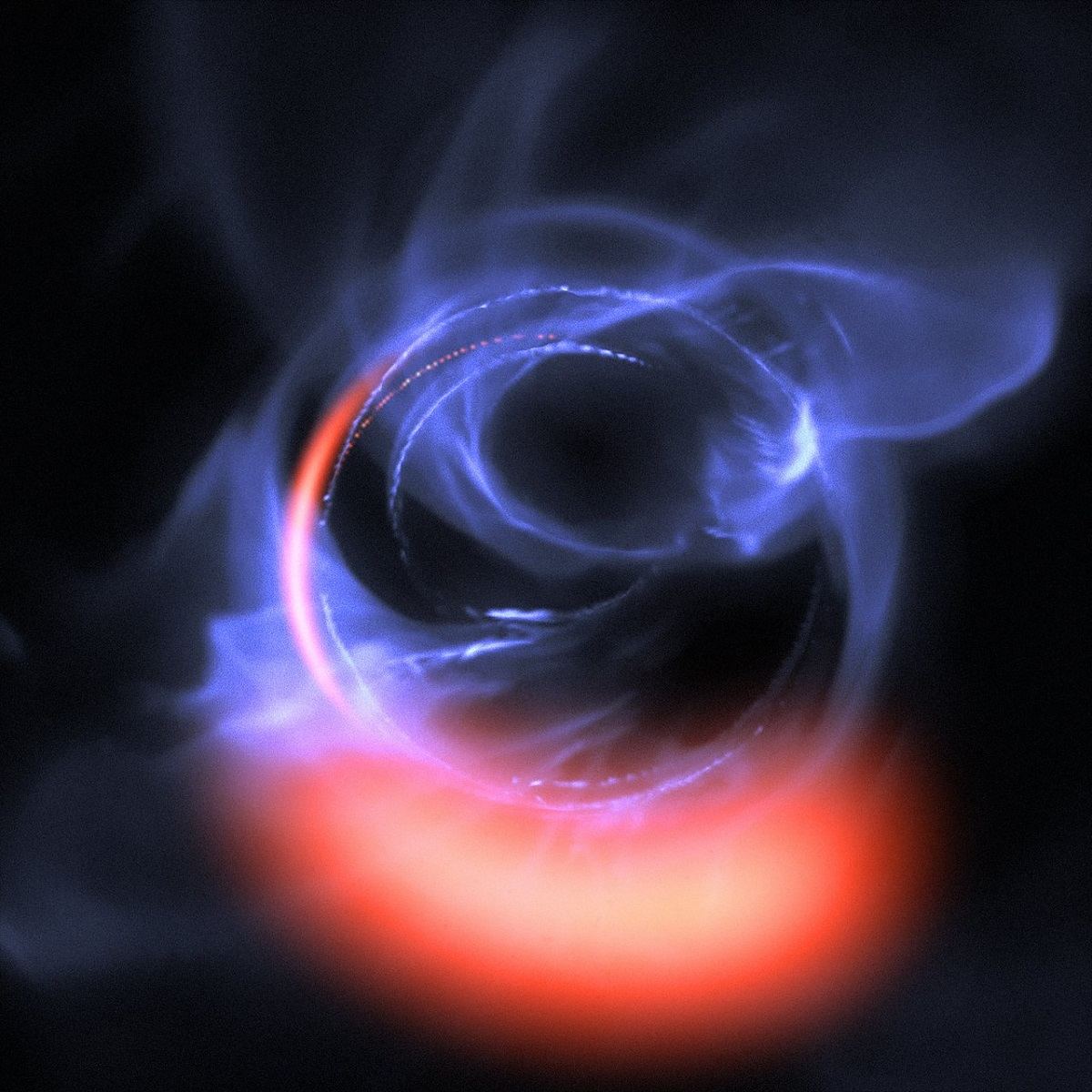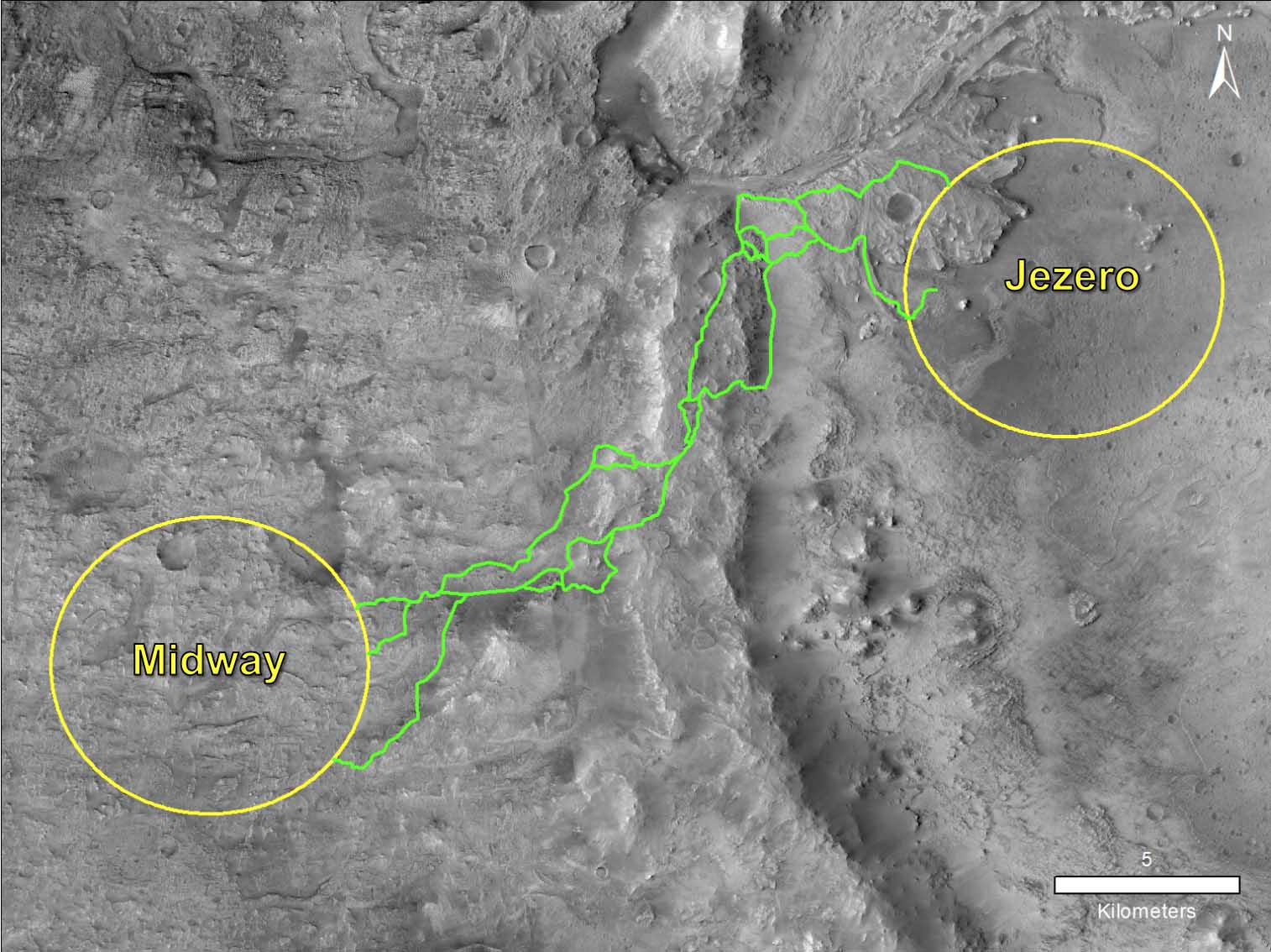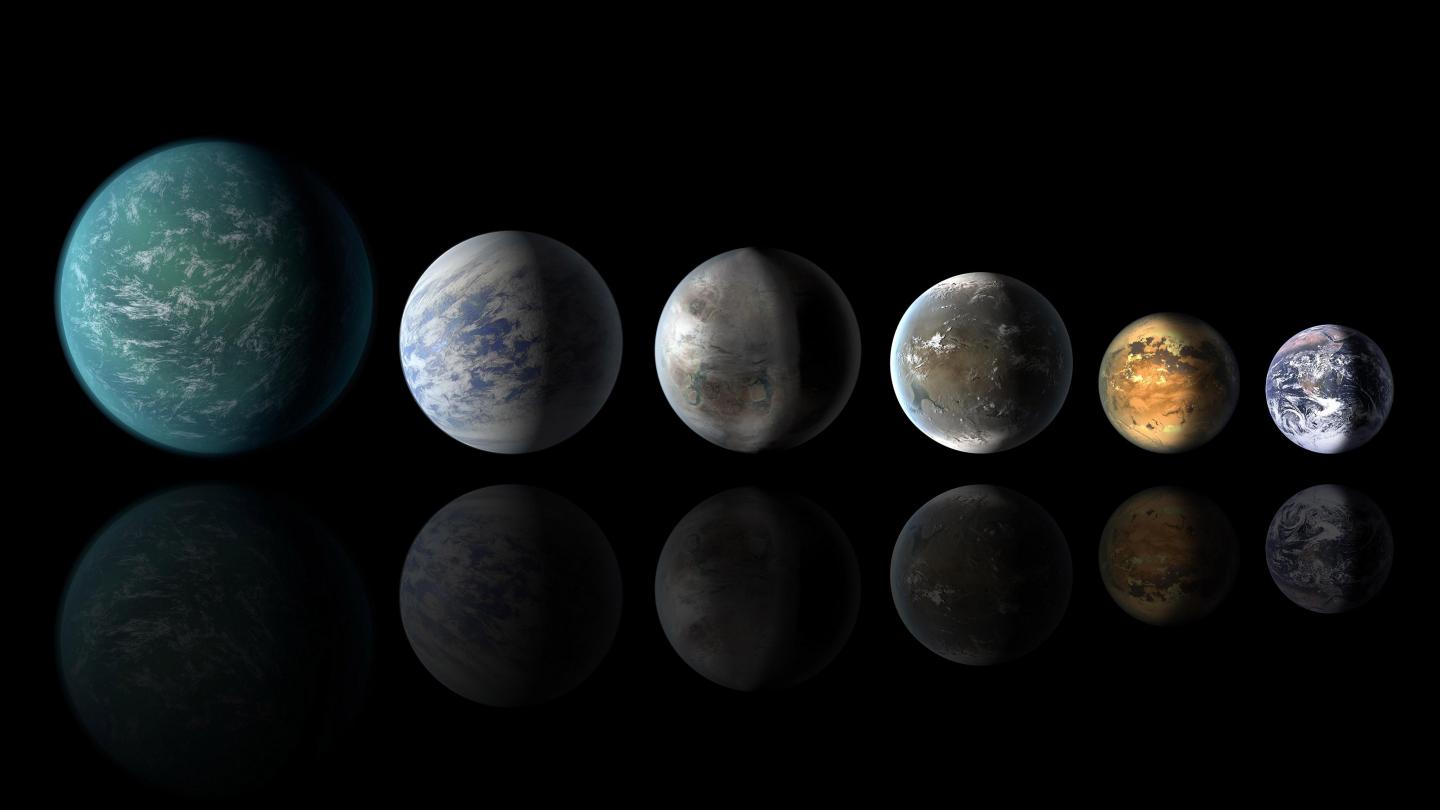For years, Elon Musk has talked about his plans to provide broadband internet access to the world using a constellation of satellites. Known as Starlink, this constellation was originally going to of nearly 12,000 low-cost satellites providing a terabit internet service. The first batch of these satellites is scheduled to launch in June of 2019, with the full constellation being deployed by the mid-2020s.
While the bare bones of this plan have been public knowledge for some time, Musk and the company he founded to reinvigorate space exploration have been somewhat scant on the details. But thanks to a simulation created by Prof. Mark Handley of University College London, the world may finally get an idea of what Starlink might look like.


